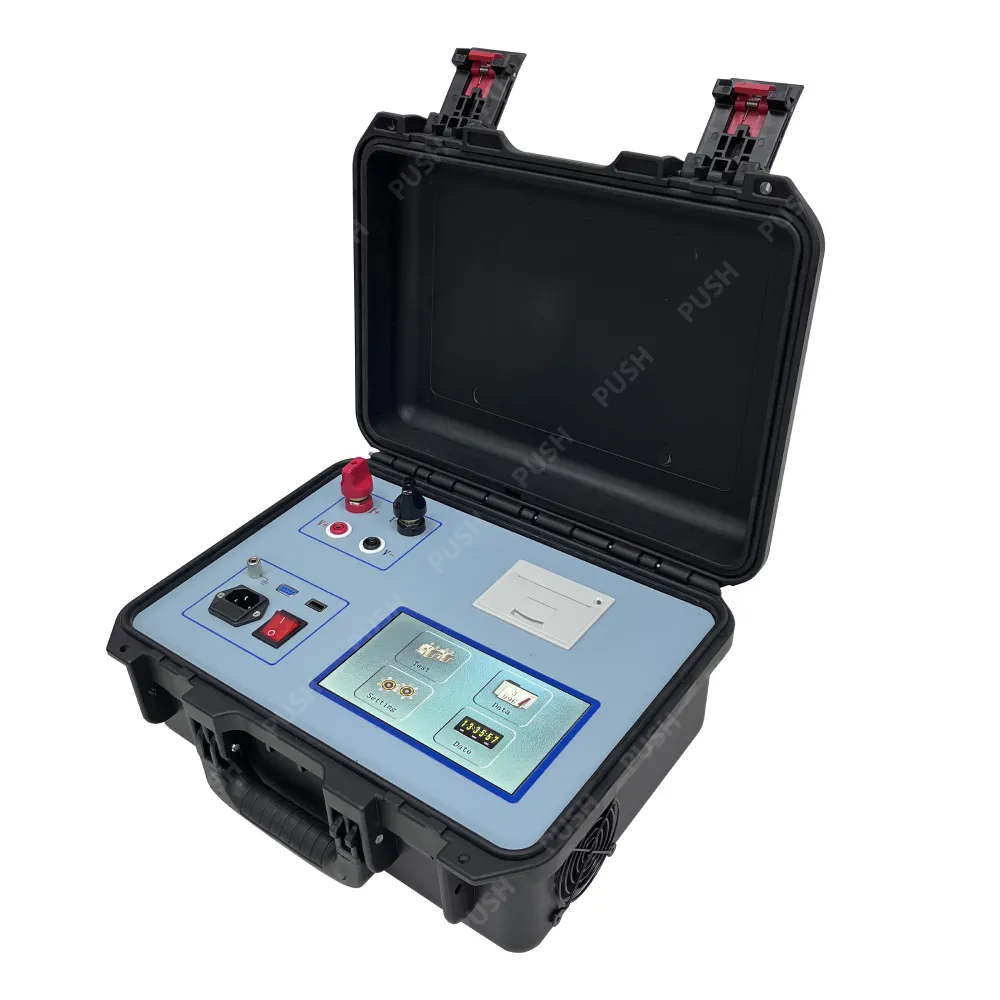 English
English



-
 Afrikaans
Afrikaans -
 Albanian
Albanian -
 Amharic
Amharic -
 Arabic
Arabic -
 Armenian
Armenian -
 Azerbaijani
Azerbaijani -
 Basque
Basque -
 Belarusian
Belarusian -
 Bengali
Bengali -
 Bosnian
Bosnian -
 Bulgarian
Bulgarian -
 Catalan
Catalan -
 Cebuano
Cebuano -
 China
China -
 China (Taiwan)
China (Taiwan) -
 Corsican
Corsican -
 Croatian
Croatian -
 Czech
Czech -
 Danish
Danish -
 Dutch
Dutch -
 English
English -
 Esperanto
Esperanto -
 Estonian
Estonian -
 Finnish
Finnish -
 French
French -
 Frisian
Frisian -
 Galician
Galician -
 Georgian
Georgian -
 German
German -
 Greek
Greek -
 Gujarati
Gujarati -
 Haitian Creole
Haitian Creole -
 hausa
hausa -
 hawaiian
hawaiian -
 Hebrew
Hebrew -
 Hindi
Hindi -
 Miao
Miao -
 Hungarian
Hungarian -
 Icelandic
Icelandic -
 igbo
igbo -
 Indonesian
Indonesian -
 irish
irish -
 Italian
Italian -
 Japanese
Japanese -
 Javanese
Javanese -
 Kannada
Kannada -
 kazakh
kazakh -
 Khmer
Khmer -
 Rwandese
Rwandese -
 Korean
Korean -
 Kurdish
Kurdish -
 Kyrgyz
Kyrgyz -
 Lao
Lao -
 Latin
Latin -
 Latvian
Latvian -
 Lithuanian
Lithuanian -
 Luxembourgish
Luxembourgish -
 Macedonian
Macedonian -
 Malgashi
Malgashi -
 Malay
Malay -
 Malayalam
Malayalam -
 Maltese
Maltese -
 Maori
Maori -
 Marathi
Marathi -
 Mongolian
Mongolian -
 Myanmar
Myanmar -
 Nepali
Nepali -
 Norwegian
Norwegian -
 Norwegian
Norwegian -
 Occitan
Occitan -
 Pashto
Pashto -
 Persian
Persian -
 Polish
Polish -
 Portuguese
Portuguese -
 Punjabi
Punjabi -
 Romanian
Romanian -
 Russian
Russian -
 Samoan
Samoan -
 Scottish Gaelic
Scottish Gaelic -
 Serbian
Serbian -
 Sesotho
Sesotho -
 Shona
Shona -
 Sindhi
Sindhi -
 Sinhala
Sinhala -
 Slovak
Slovak -
 Slovenian
Slovenian -
 Somali
Somali -
 Spanish
Spanish -
 Sundanese
Sundanese -
 Swahili
Swahili -
 Swedish
Swedish -
 Tagalog
Tagalog -
 Tajik
Tajik -
 Tamil
Tamil -
 Tatar
Tatar -
 Telugu
Telugu -
 Thai
Thai -
 Turkish
Turkish -
 Turkmen
Turkmen -
 Ukrainian
Ukrainian -
 Urdu
Urdu -
 Uighur
Uighur -
 Uzbek
Uzbek -
 Vietnamese
Vietnamese -
 Welsh
Welsh -
 Bantu
Bantu -
 Yiddish
Yiddish -
 Yoruba
Yoruba -
 Zulu
Zulu
Effective Techniques for Testing Current Transformers in Electrical Systems
Current Transformer Testing Ensuring Reliability and Safety
Current transformers (CTs) are essential devices used in electrical power systems to measure alternating current (AC). They transform high currents into a smaller, proportional current that can be easily measured and monitored. Given their critical role in power distribution and protection systems, rigorous testing of current transformers is essential to ensure their reliability, accuracy, and safety.
Testing current transformers involves several crucial procedures to verify their performance and compliance with industry standards. The primary focus is on conducting accuracy tests, insulation resistance tests, and power factor tests, alongside physical inspections to assess the overall condition of the CT.
Accuracy Testing
Accuracy testing is vital to ensure that the current transformer produces an output that corresponds accurately to the input. This process typically uses a known standard of current, often from a calibrated reference CT, to evaluate the transformer's performance. The test measures the ratios of primary current to secondary current at various load conditions. There are different classes of current transformers, such as Class 0.1, Class 0.2, etc., which define their accuracy limits. Proper testing ensures that the CT meets these specified criteria, thus guaranteeing its effectiveness in measurement applications.
Insulation Resistance Testing
The insulation resistance of a current transformer is crucial for its safe operation. Aging, environmental factors, and physical damage can degrade the insulation, leading to potential failures, such as short circuits or electric shocks. Insulation resistance testing involves applying a high voltage to the windings of the CT while measuring the resistance offered by the insulation. A high resistance value indicates that the insulation is in good condition, while low resistance values signal potential issues that require attention or replacement.
current transformer testing

Power Factor Testing
Power factor testing assesses the performance of the insulation system in terms of dielectric losses. This test involves measuring the power factor of the insulations at a specific voltage. A low power factor means that there are lesser losses associated with dielectric heating, indicating good insulation condition. Conversely, an increased power factor could signal deterioration, necessitating further investigation.
Physical Inspections
In addition to the electrical tests, physical inspections play a significant role in current transformer testing. Inspectors examine terminals, connections, and physical components for any signs of wear, corrosion, or damage. Ensuring that all parts of the transformer are intact not only contributes to operational reliability but also enhances safety across the power system.
Conclusion
In conclusion, current transformer testing is a critical practice in electrical engineering, ensuring that these devices operate accurately and safely in power systems. Through a combination of accuracy tests, insulation resistance assessments, power factor evaluations, and thorough physical inspections, reliability can be assured. Regular testing not only helps in identifying potential issues before they become critical but also enhances the overall safety of electrical installations. With the growing reliance on complex electrical systems, the importance of current transformer testing in maintaining efficiency and safety cannot be overstated.
-
Exploring the Main Types of Industrial Endoscopes and Their Applications Across IndustriesNewsJul.04,2025
-
Testing Equipment Industry Sees Major Advancements in 2025: Smart & Precision Technologies Lead the WayNewsJun.06,2025
-
Applications of Direct Current Generators in Renewable Energy SystemsNewsJun.05,2025
-
Hipot Tester Calibration and Accuracy GuidelinesNewsJun.05,2025
-
Digital Circuit Breaker Analyzer Features and BenefitsNewsJun.05,2025
-
Benefits of Real-Time Power Quality Monitoring Devices for Industrial EfficiencyNewsJun.05,2025



